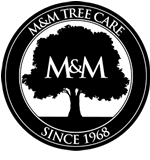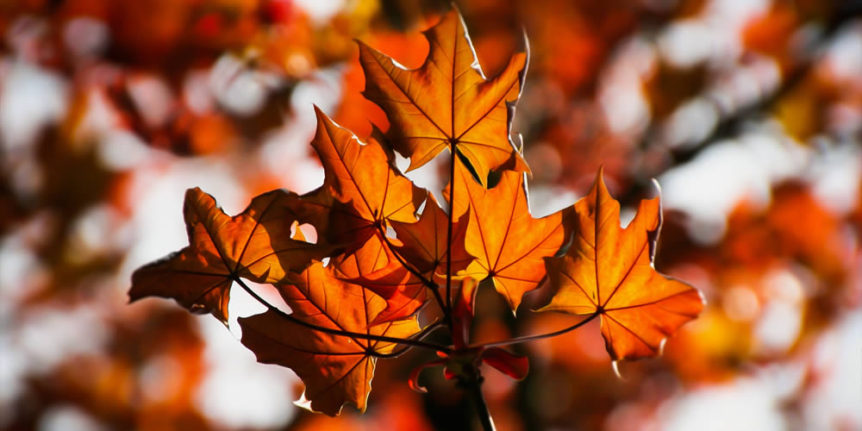Most folks remember to take care of their lawn in the fall with raking, aerating, thatching, and over-seeding. Unfortunately, not as many of us think about fertilizing their trees and shrubs in the fall. Many people consider part of their springtime “to-do” list. But let’s look at why applying tree fertilizer in Fall is a smart investment.
Get Help With the When, Why & How of Tree Fertilizing
Why Apply Tree Fertilizer in Fall?
So, why think about fertilizing trees and shrubs in the fall? Have you been getting it wrong for years? Not exactly, because gardeners and experts have traditionally recommended fertilizing woody plants in early spring before they began active growth. So what’s changed?
First of all, there’s nothing wrong with the conventional wisdom, it’s just that new research indicates that there’s actually a better time to do it.
You guessed it. Fall.
Fall is the time many experts now recommend fertilizing your trees and shrubs — specifically, late fall, about a month after the first killing frost. Research has shown that early spring growth depends almost entirely on nutrients that were absorbed and stored the previous year. That’s because woody plants make the most efficient use of nutrients while their roots are still growing but shoot growth has ended for the season. The roots absorb the nutrients and apply them to root development and disease resistance. The stored nutrients are immediately available and ready for use by new growth in the spring.
Use the Right Tree Fertilizer
If you are trying to avoid hiring an arborist and you want handle tree fertilizing yourself, do the research. It’s always a wise idea to get a soil test kit from your county extension office. This will help you find out what nutrients are lacking in your soil so that you can tailor your fertilizer to your plants’ actual needs. It’s vital to not over fertilize or haphazardly stick spikes into your tree’s roots in a blanket effort to fertilize your trees. You can actually kill a tree from applying too much fertilizer or cause diseases like Chlorosis.
In addition to damaging healthy trees with over fertilizing, you can damage the environment. Too much fertilization creates a potential for runoff pollution and on-site contamination. If you are unsure about how much fertilizer to use, what mixture to use or when is best for fertilizing your specific trees based on soil conditions, contact a pro.
Share this Post
Get a Tree Fertilizer Service Quote
Getting your trees fertilized probably costs less than you think. If you live in SE Wisconsin, contact our team of professional arborists for a free quote.
Contact Us
